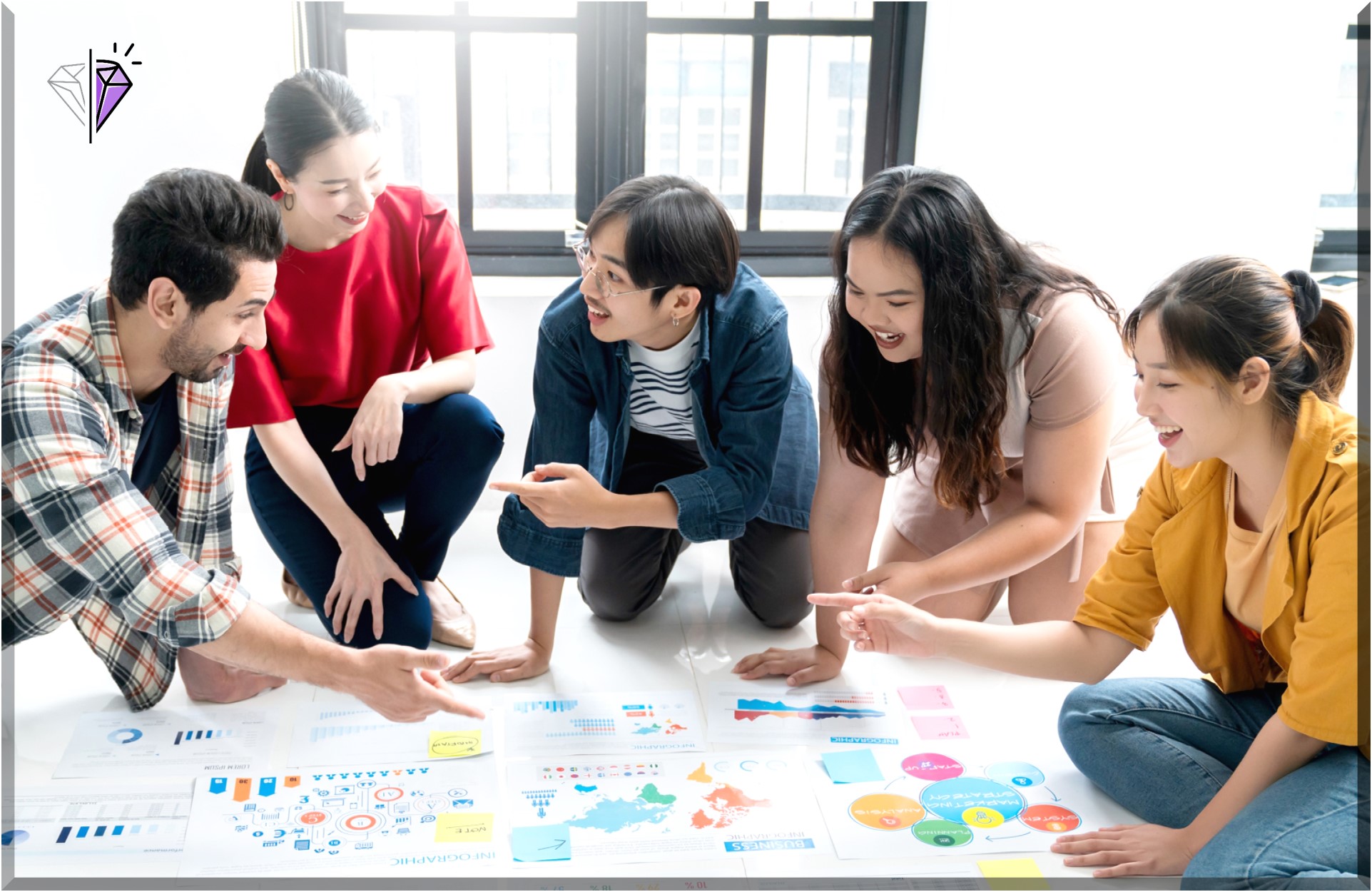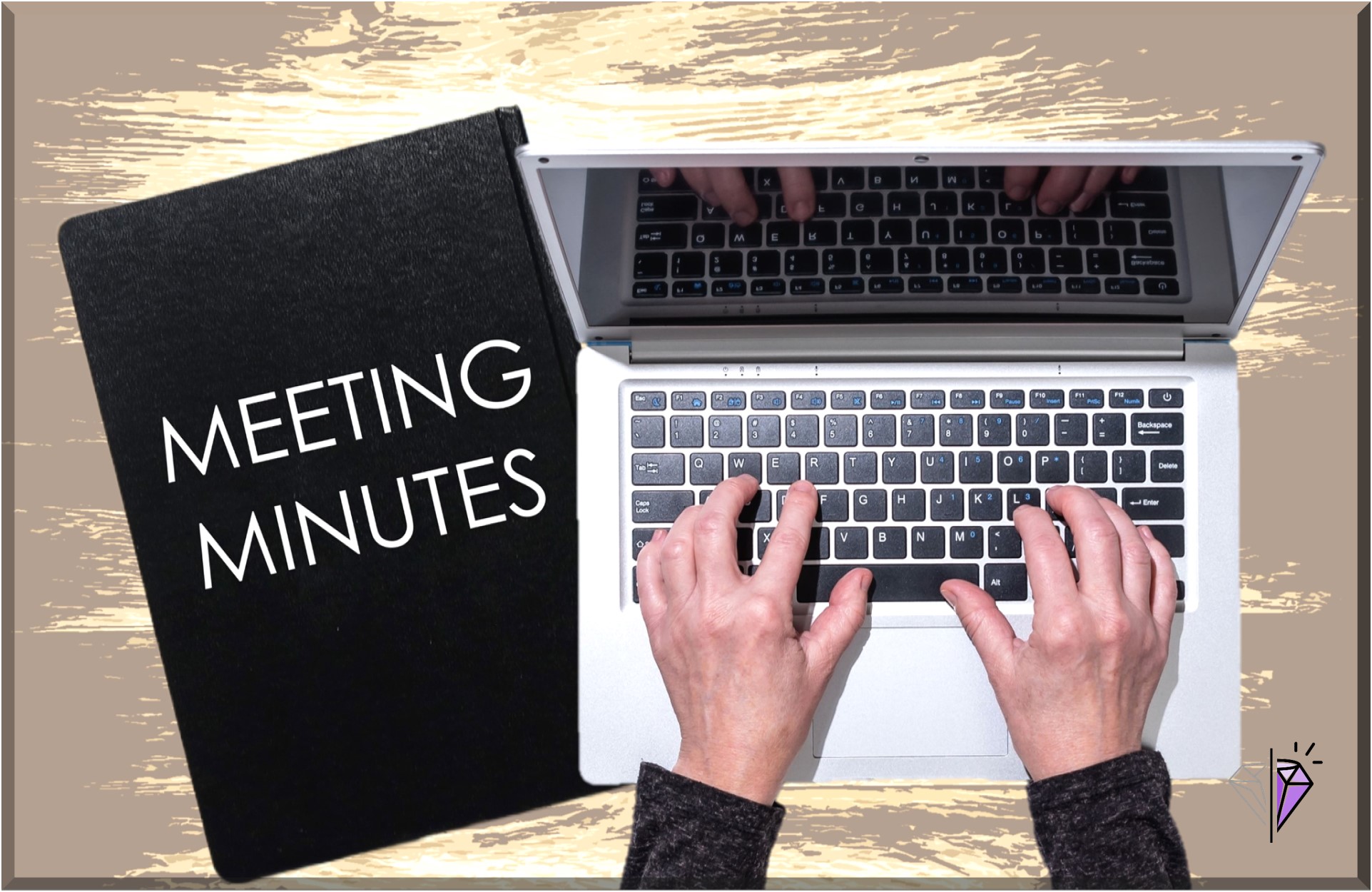- Home
- Resource Center
- Articles & Videos
- How to Lead Productive Translation Team Meetings
12 June 2023
| by PROFECTA BDI
How to Lead Productive Translation Team Meetings

Sign up for our newsletter on globalization and localization matters.
Did you know that 71% of meetings are considered unproductive?
Translation team meetings are no exception and can be a pain in the neck. On the one hand, you often have busy and stressed managers of production, projects, or vendors. On the other hand, you have a brigade of translators trying to find quick solutions while drowning in the flood of daily assignments. So the goal is to bridge this gap and find a happy medium.
Digging deeper, the biggest problems of ineffective and unproductive meetings lie in negative beliefs that meetings:
- are not necessary at all;
- address topics that can be summed up in one email;
- are full of extra details that only a few attendees need;
- serve as a promotion for those who want to feel important; and
- are too long and boring.
Making meetings engaging

So to make meetings effective and productive in the long run, you should make them more engaging to combat negative beliefs. What does that mean? First of all, it means that you always start from scratch when preparing and designing a meeting.
First things first. But also keep in mind that with every meeting, you're also building the meeting culture, which depends heavily on the attitude of attendees. Meetings are here to stay, so you should make the most of them right away.
Yeah right, but how?
How can you do that? Here are some practical ideas for preparing, leading, and following up on meetings. Good meetings don’t just happen, they are created through proper conduct and focus on correct behavior and procedures.
Meetings like any other communication tool should be simplified and systematized to be effective. That’s why it is a good idea to distinguish three phases: preparation, execution, and follow-up.
Preparation phase
Preparation is crucial for everything in life, so it is for meetings. While preparing for a meeting check the following:
Fundamentals to start with
- Is the meeting necessary at all?
- What is the goal of the meeting?
- What results do you want to achieve after the meeting?
- Can the issue be discussed with one person?
- Can the purpose be achieved via email, instant messaging, or collaboration tools?
Context, context, context
- If it is a virtual meeting, what tool will you be using?
- Who must attend the meeting?
- Do all attendees know how to use the tool? If not, are the instructions available?
- Is it necessary to use the camera?
- What will be the language of the meeting?
Do not convene a meeting if:
- it has no agenda and clear purpose;
- the attendees have no time to prepare for the meeting;
- the purpose is just to update attendees on topics that can be done via collaboration tools.
Agenda preparation and dispatch
- What is the main topic of the meeting?
- What discussion points will you put on the agenda?
- How much time do you plan to dedicate to individual points?
- What is the length of the meeting? If you plan more than one hour, did you think twice?
- How will you make sure that attendees show up prepared for the meeting?
- How and when will you send the invitation with the agenda?
Execution phase
Come to meetings with joy.
Now that your attendees are in the meeting, you want them to feel good and motivated to complete the tasks discussed. And come to future meetings with joy. Remember that everything you do shapes the meeting culture and consequently your company culture.
- Make sure you greet participants with a smile and good humor.
- Ask them what good things have happened in their work area since the last meeting.
This way you can start the meeting on a positive note and create a productive atmosphere.
Punctuality in every sense
It's also important to insist on punctuality, that is, to remind attendees to arrive on time and to adhere to the times per topic indicated in the agenda. This will motivate the participants to focus on the essence of the topic and not mention unnecessary details. And they'll also know that you aren't wasting your time or theirs. It'll also help them plan their time for the rest of the day. Nothing is more demotivating than a meeting where no one knows when it'll end.
Minutes

Keeping meeting minutes is critical to the success of the meeting. At the beginning of each meeting, designate a participant to keep the minutes. Or better yet, before the meeting so you don't waste precious time during the meeting. Make note of the following for each topic discussed:
1. Who will do the task?
2. What exactly needs to be done?
3. When exactly does it need to be done?
This way you'll always have clarity, and clarity means motivation, and motivation means successful task completion. Send the meeting minutes to all attendees or publish them in your collaboration tool as soon as possible.
Rules of engagement
- First and foremost, punctuality. Even those who are never punctual will appreciate it.
- During the meeting ask yourself - What’s in it for me? What don’t I know? – to keep yourself motivated. But also share this tip with all the attendees.
- Encourage brainstorming and ranking of ideas by voting in meeting apps such as Slido or Whiteboard.
- Ask the participants not to use emails, telephone calls, or text messages during the meeting.
- Talk only when it makes sense. If someone is too broad, ask them: How is this relevant to the topic? What exactly is your comment? Could you be more specific, please?
- In virtual meetings, turn your cam on only when necessary because some people might feel uncomfortable using the cam all the time. Make sure attendees know when a cam is obligatory.
- Dress appropriately even if it is a virtual meeting. Nice clothes will give you a sense of working person identity.
- Encourage empathy and avoid negativity by expressing gratitude for everything that has been done properly.
- Use Amazon’s trick. Imagine the most important client is sitting with you. Or use a teddy bear to represent the client in every meeting. This will help you increase focus and be acutely aware that everything you do, you do for your client.
Follow-up phase
Make sure you follow up on the completion of tasks from each meeting, because no one will take you seriously if you don't care about what happens after the meeting. Regularly review meeting minutes and check in with those responsible for tasks. You can note in your calendar when and who to contact about the outcome of the meeting.
And don’t forget to ask for feedback. Feedback is the miracle of success in business communication.
Hopefully these tips have given you ideas how to make your meetings fun, engaging and productive in the long run. But most of all, that your people look forward to every meeting you organize and bring out their best.
If you try these tips, let me know how they worked or if you'd like to discuss how you handle meetings.
Author's note: This article was not written using ChatGPT or any other form of artificial intelligence.
Do you want to contribute with an article, a blog post or a webinar?
We’re always on the lookout for informative, useful and well-researched content relative to our industry.

Zoran Metikoš
I help language service providers (LSPs) grow as businesses and their employees grow as professionals by providing unique business development consulting and growth mindset coaching for executives and middle managers. My company, Profecta BDI, not only helps LSPs find new clients, but also grow as companies, professionals and individuals. The stability of the company and a good corporate culture are the foundation for growth. After graduating in Linguistics and Translation in 2003, I started working as a translator and translation tool trainer in SAP localization and eventually worked as a project coordinator, business developer and operations manager at LSPs for 17 years until 2020. After completing my MBA at the School of Business and Economics in 2015, I came up with the idea of helping many LSPs grow and learn how to develop as businesses and professionals. I'm also a certified professional coach and NLP Master Practitioner.


